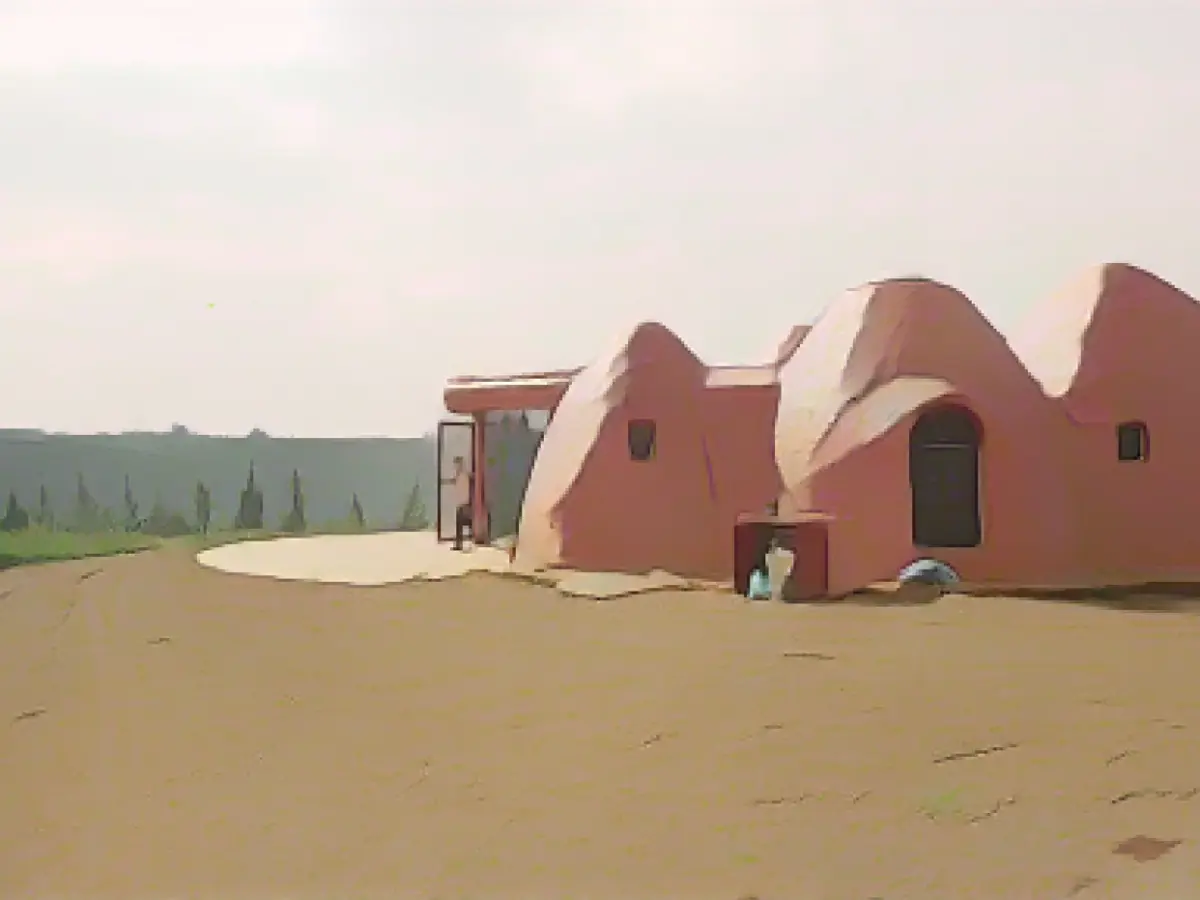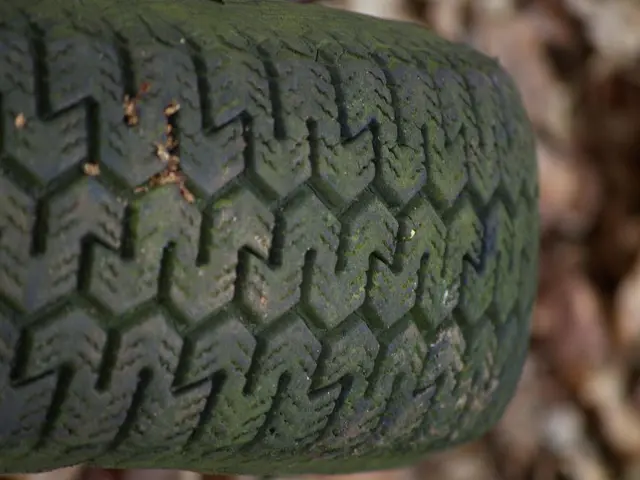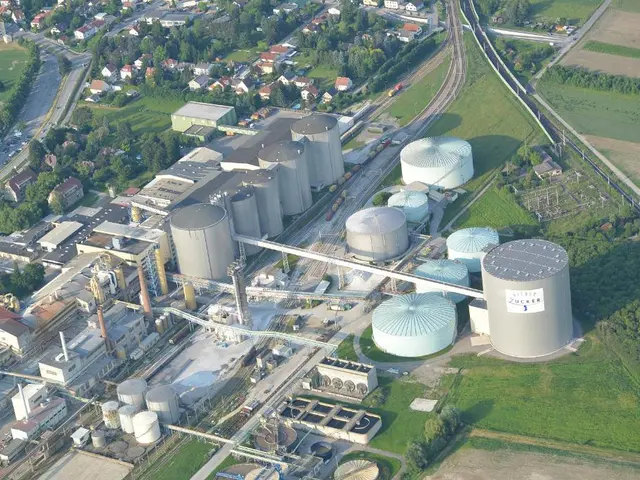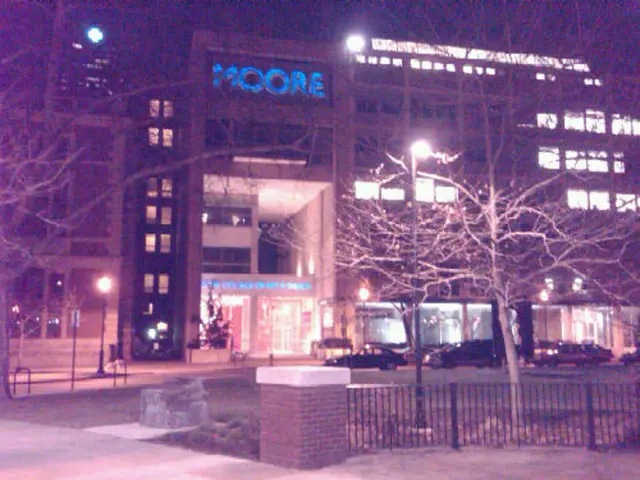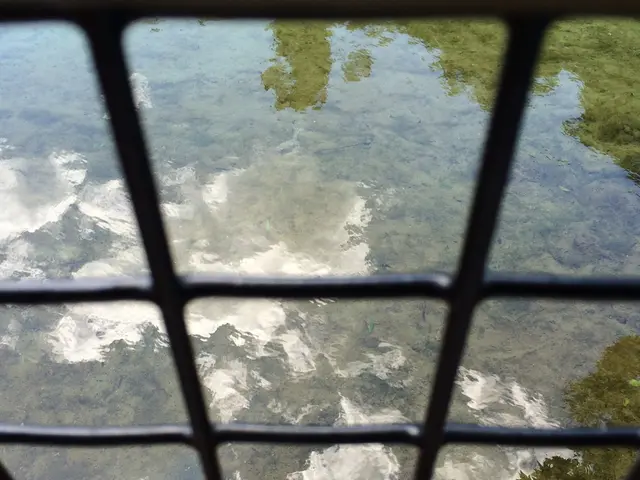Eco-Dome Maroc: Marrying Ancient Craft with Modern Innovation
Originally founded in 2016, Eco-Dome Maroc blends ancient Moroccan construction techniques with modern technology to construct unique and cost-effective, dome-shaped buildings reportedly offering improved energy efficiency and environmental friendliness versus traditional concrete houses.
Youness Ouazri, founder of the company, cited his discovery of a rich tradition of mud-brick architecture while traveling across the country as the inspiration behind the unique "biodomes." To create this innovative concept, the team leveraged existing knowledge and upgraded it using contemporary technology.
As each Eco-Dome structure is custom-built, site-specific analyses are conducted to examine soil composition and identify the optimal balance of materials. A small amount of lime or cement may be added for optimal performance, while computer simulations determine the ideal wall thickness to achieve consistent summer heat absorption and winter heat release.
Biodomes can be built as much as 3 times faster than traditional homes, with prices varying based on location and soil type between 2,470 Moroccan Dirhams (around $247 USD) and 4,450 Dirhams (around $445 USD) per square meter.
Eco-Dome employs various construction techniques, such as the "Superadobe" method, introduced by Iranian-American architect Nader Khalili in the 1980s. This construction technique, which features stacked, sand-filled polypropylene barracks, helps create sturdy yet flexible structures. Additionally, the company harnesses reclaimed wood frames to achieve rectangular rather than circular footprints.
The first Biodome was completed in 2017, according to Ouazri, measuring 775 square meters and designed as a vacation home for a client in a rural area near Rabat. Since then, the company has constructed more than 100 different-sized domes at 40 diverse locations across Morocco, including the largest 2,700 square meter cultural center in Agouim, a region with varying climate temperatures.
Eco-Dome's innovative approach has won around 300,000 USD in investments to date, employing 17 team members and catering to three primary customer segments: landowners looking to build eco-friendly primary or secondary homes; rural tourism investors; and local governments and organizations investing in school or healthcare infrastructure.
Redefining "Lean" Innovation
As the company expands beyond Morocco, it has identified Algeria and the Ivory Coast as potential growth markets.
Professor Youssef El Ganadi, unrelated to Eco-dôme, has praised local initiatives for their "lean" approach to housing solutions, addressing the Middle and Lower Income classes with affordable housing. However, he raises concerns about cultural acceptance and local preferences for concrete building styles, which may affect Eco-Dome's long-term market positioning.
El Ganadi also shares concerns about the seismic resistance of structures using the Superadobe method, given the devastating 2023 earthquake in Marrakesh that claimed nearly 3,000 lives. Co-founder Abdelkrim Uzlay emphasizes that the company's structures respect local building codes and remain seismically compliant, with four of their domes situated near the earthquake epicenter.
Leveraging Local Resources for Sustainable Growth
Eco-Dome's business model centers around using local resources and traditional techniques to provide sustainable, cost-effective housing solutions. Expanding this approach, the company now offers businesses turnkey solutions for their in-house green initiatives—including zero-waste construction and local material sourcing.
Through integrating traditional Moroccan techniques with advanced technology, Eco-Dome Maroc demonstrates how ecologically-friendly, affordable housing can help address the unmet needs of Middle and Lower income classes while minimizing environmental impact.
Enrichment Data:
The information provided lacks specific details about how Eco-Dôme Maroc combines traditional Moroccan building techniques with modern technology to create environmentally friendly and cost-effective domes. However, based on general principles observed in dome-based housing projects and eco-villages, we can infer some potential approaches:
- Integrating Traditional Techniques:
- Traditional Moroccan construction techniques emphasize the use of local materials and craftsmanship. These techniques could be incorporated into Eco-Dôme's projects by leveraging natural fibers or earth-based materials commonly used in traditional Moroccan architecture.
- Utilizing Modern Technology:
- Advanced materials (like galvanized steel) and construction methods (such as prefabricated, modular designs) can enhance dome structures' energy efficiency and cost-effectiveness.
- Environmental Sustainability:
- Eco-Dôme's projects likely focus on utilizing environmentally friendly materials and designs that minimize ecological impact. This could include recycling construction waste, minimizing energy consumption during manufacturing, and creating structures that can easily be disassembled and recycled.
- Cost-Effectiveness:
- The use of fewer materials and prefabricated modules can significantly reduce both material and construction costs. This approach makes dome houses more affordable compared to traditional concrete homes.
These inferences suggest that it's plausible for Eco-Dôme Maroc to successfully blend traditional techniques with modern technology to create sustainable, cost-effective domes, though without direct data, these are mere assumptions.
